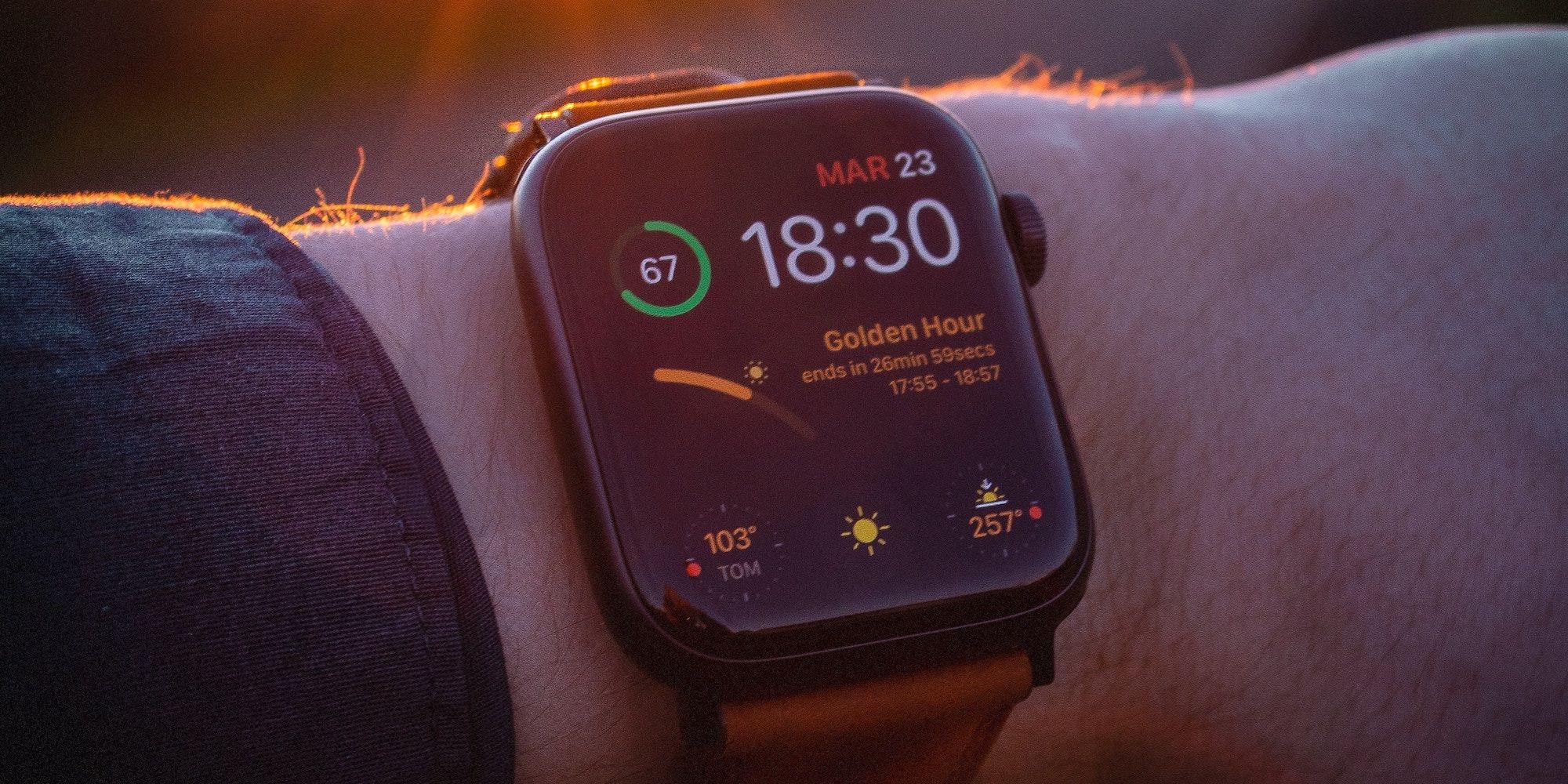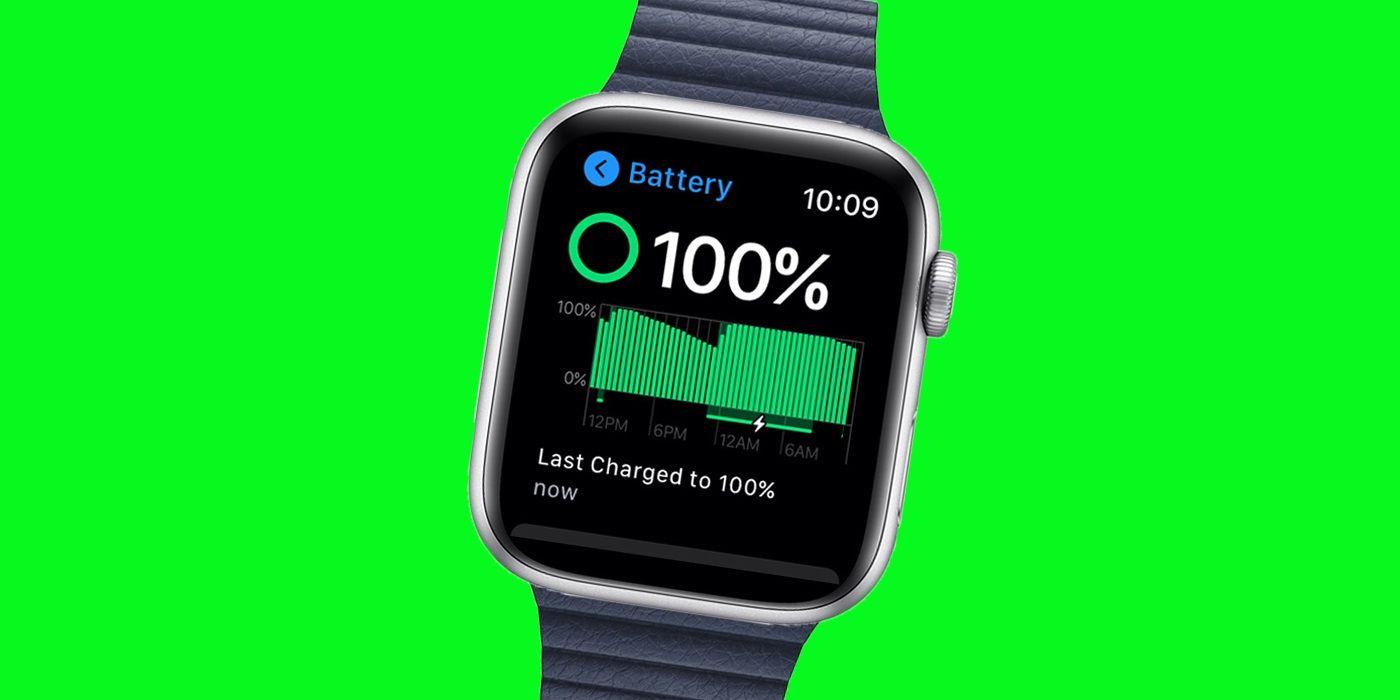The Apple Watch is such a useful device that it might be hard to imagine ever being without it. At some point, however, another visit to an Apple Store or website will be needed to replace it. While the Apple Watch is a very durable product and has good support, a few tips can extend the lifespan so that it can be used for even longer, possibly passed on to a friend or relative, or sold to reduce the cost of a new model.
Some Apple Watch owners might want to upgrade annually, but Apple supports its wearables for many years. The original Apple Watch stopped receiving updates in 2018 and the Series 1 and 2 support ended in 2021. The Apple Watch 4, released in 2018, will receive an update to watchOS 10. While the device might keep working and can still be paired to an iPhone after Apple ends support, a lack of updates makes it a security risk. That means the end of life should really be thought of as three to five years, even if the Apple Watch is in perfect condition. For a wearable to reach that age is still a small miracle since the wrist is not the best-protected area for electronics.
How To Extend An Apple Watch's Lifespan
Another concern that Apple describes is chemical aging of the lithium battery. A small battery such as that used in an Apple Watch is far more susceptible to damage than the relatively large cell found in an iPhone or iPad. The greatest risks to the lifespan of an Apple Watch are screen damage and battery wear. While both can be repaired, the cost might lead the owner to consider simply upgrading to the most recent model.
Thankfully, there are some easy ways to protect the Apple Watch and extend its life for several years, possibly pushing right up to the date it stops receiving watchOS updates. Screen protection is incredibly easy and inexpensive. Screen protectors cost only a few dollars, are barely noticeable, and protect from the scratches that are easily collected from dust. Even an Apple Watch with sapphire glass can still be scratched, so a screen protector is an easy way to keep the display looking nice and avoiding issues for longer.
Tips To Increase Apple Watch Battery Life
Battery aging is inevitable, but it can be slowed down. Each discharge and recharge cycle shortens the lifespan but keeping the watch at full charge or with a very low charge is even more damaging. Lithium batteries prefer to linger right around the middle range and when storing an Apple Watch in the long-term, charging to 50 percent and powering off is best. Apple also recommends storing the smartwatch in a cool, moisture-free environment, and charging the battery to 50 percent every six months or so if storing it long-term.
In daily use, make sure Optimized Charging is switched on. This option is enabled by default and found in the Apple Watch Settings app by going to 'Battery' and then 'Battery Health.' This allows the Apple Watch to learn from a user's daily charging routine, and prevent the smartwatch from charging to 100 percent until shortly before a user needs to use it. This is particularly useful for those who prefer to charge the Apple Watch overnight.
Apple also suggests that users avoid using the Apple Watch in extreme temperatures. The ideal temperature zone for an Apple Watch is 62° to 72° F (16° to 22° C), and users should avoid exposing it to ambient temperatures greater than 95° F (35° C). Doing this can permanently damage the battery, and reduce the battery life. Users should also avoid charging the Apple Watch in high temperatures. If using the Apple Watch in very cold temperatures, battery life reduces too, but this condition is temporary, and reverses in higher temperatures.



